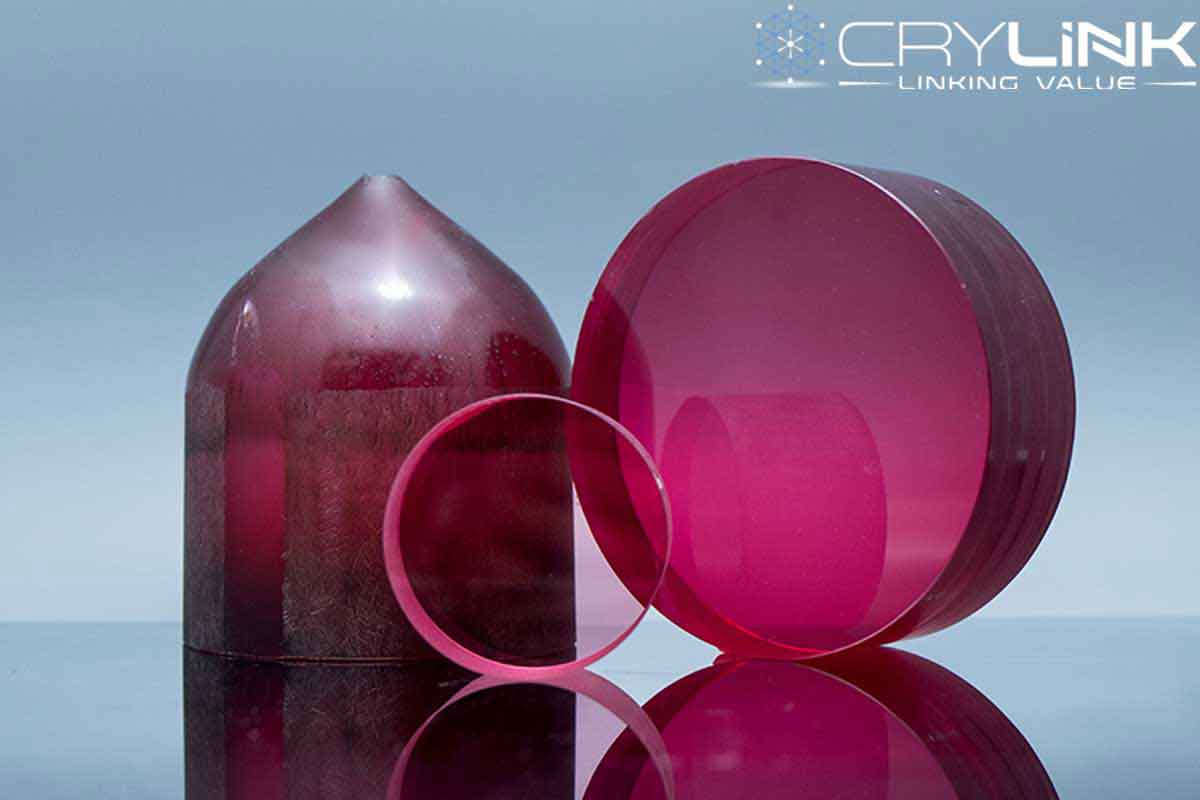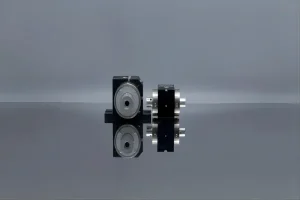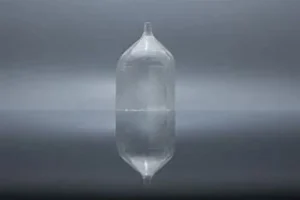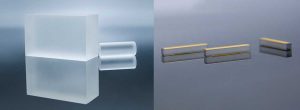Introduction
Polishing is a critical step in the production of high-quality Ti Sapphire crystals. The polishing process involves the removal of surface defects and the creation of a smooth, flat surface. The quality of the polished surface is typically evaluated using parameters such as surface roughness, scratch and dig, and laser damage threshold.
This blog will discuss the basic polishing techniques used for Ti Sapphire crystals. These techniques include mechanical polishing, chemical polishing, and ion beam polishing.
Mechanical Polishing
Mechanical polishing is a widely used technique 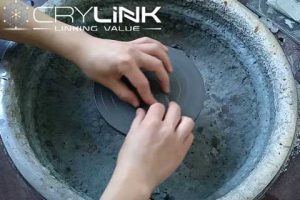 for polishing Ti Sapphire crystals. The process involves using a series of abrasive particles with decreasing sizes to remove surface defects and create a smooth, flat surface.
for polishing Ti Sapphire crystals. The process involves using a series of abrasive particles with decreasing sizes to remove surface defects and create a smooth, flat surface.
The first step in mechanical polishing is typically lapping, which involves using a rotating lap wheel with abrasive particles suspended in a liquid slurry. The slurry is applied to the crystal surface, and the lap wheel is rotated, causing the abrasive particles to remove surface material.
After lapping, the crystal is typically polished using a series of polishing pads with decreasing abrasive particle sizes. The polishing pads are typically made of a soft material, such as polyurethane or felt, and are coated with abrasive particles.
The polishing process is typically performed using a polishing machine, which applies controlled pressure and speed to the crystal surface. The crystal is rotated or moved in a figure-eight pattern during polishing to ensure even material removal.
Mechanical polishing is a relatively simple and cost-effective technique for polishing Ti Sapphire crystals. However, it can result in surface damage, including subsurface damage and lattice deformation, due to the high contact pressure and shear forces applied during polishing.
Chemical Polishing
Chemical polishing is a technique that involves using chemical etchants to remove surface material and create a smooth, flat surface. The process is typically performed at room temperature and does not involve mechanical force.
The chemical etchants used for Ti Sapphire polishing typically contain hydrofluoric acid (HF) and nitric acid (HNO3) or a mixture of HF and phosphoric acid (H3PO4). The etchants react with the crystal surface, removing material and creating a smooth surface.
The chemical polishing process can be performed using a batch or a continuous flow system. In the batch system, the crystal is immersed in the etchant solution for a predetermined time. The etchant solution is continuously circulated over the crystal surface in the continuous flow system.
Chemical polishing is a relatively gentle technique that does not result in significant surface damage. However, it can be challenging to control the polishing rate and the surface finish using this technique.
Ion Beam Polishing
Ion beam polishing is a technique that involves using a high-energy ion beam to remove surface material and create a smooth, flat surface. The process is typically performed in a vacuum chamber to prevent contamination and oxidation of the crystal surface.
During ion beam polishing, the crystal is bombarded with a high-energy ion beam, which sputters material from the crystal surface. The crystal is typically rotated or moved during polishing to ensure even material removal.
Ion beam polishing is a highly controlled technique that precisely controls the polishing rate and surface finish. It can result in a highly polished surface with minimal surface damage. However, it is also a relatively expensive and time-consuming technique compared to mechanical and chemical polishing.
Conclusion
In conclusion, mechanical, chemical, and ion beam polishing are the techniques used for Ti Sapphire crystals. Each technique has its advantages and disadvantages, and the choice of polishing technique depends on several factors, including the desired surface finish, the level of surface damage, and the available resources. In the next chapter, we will discuss the advanced polishing techniques used for Ti Sapphire crystals, including magnetorheological finishing, chemical mechanical polishing, and plasma-assisted polishing.

